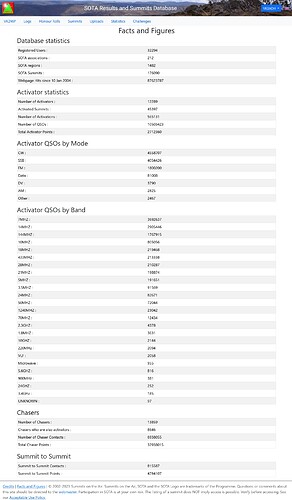Spectrum allocation is discussed and decided in a top-down mechanism. The highest-level meeting is WRC, an ITU conference on radio matters. IARU is the only entity representing radio amateurs’ interests at that level. We need to pay attention to what IARU does and increase engagement where appropriate.
Before WRC, there are different kinds of preparatory meetings by the regions. Those are participated by the national level. Each government solicits public inputs before those preparatory meetings, and amateurs should engage with their government at that time. By that time, IARU publishes their list of key agendas that are of interests to amateurs, and they may have their preliminary positions on some of those agendas. You can study those and feed to your country’s government at that time.
Once something is adopted at WRC, it is up to each government to implement it. If the matter is related to amateur radio, the government may consult that country’s amateur radio league, a member organization of the IARU.
Each country’s league may also contribute and engage with the IARU throughout the process or on an ongoing basis, but my observation has been that only a few countries’ leagues have well-informed and competent members to contribute meaningfully.
In case of 60m, WRC decided to allocate a globally harmonized spectrum at a limited EIRP, and governments are in the process of implementing it. In the US, ARRL is pushing to keep the current channelized 60m allocation in the US in addition to what was decided at the WRC, which may or may not happen. The secondary allocation comes with limitations. Instead of fighting for rights that we don’t necessarily have, it’s more important to make a balanced deal that makes sense. Emergency communication, youth programs, and technology education are the key domains where amateurs can provide value to the governments, and of course, ARRL’s argument on defending 60m is centered around its usefulness in emergency communication systems.
Amateur 30m band also has a few commercial stations (those RTTY stations near the bottom but within the band). They have been there way before 30m was allocated for amateur service and I think we coexist pretty well. Back to 40m, AM broadcasts were hard to coexist with SSB and CW with the 20th century receiver technology but digital modes very well may. Digital modes require modern equipment anyway, and human operators don’t have to keep listing the carrier beats constantly.
A lot of UHF and higher amateur allocations are on a secondary basis. Commercial interests, such as mobile communication companies, are trying to steal those bands, particularly 10GHz. In defending amateur allocations, we must get along with the current primary users of those spectra. Where amateur and the primary users (such as radar) are compatible and have good relationships, new commercial interests will still try to drive wedges between us, but they have a harder time taking the spectrum away from us.
